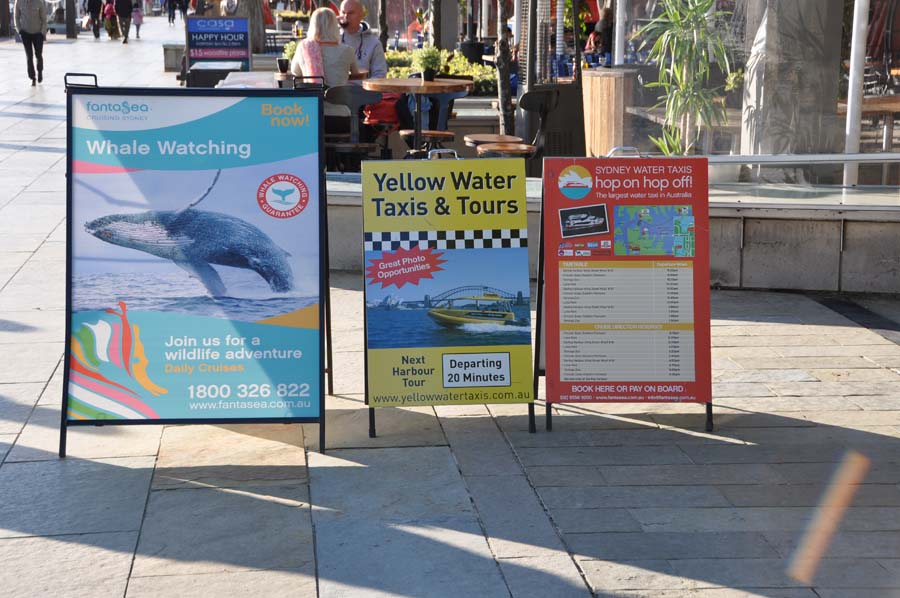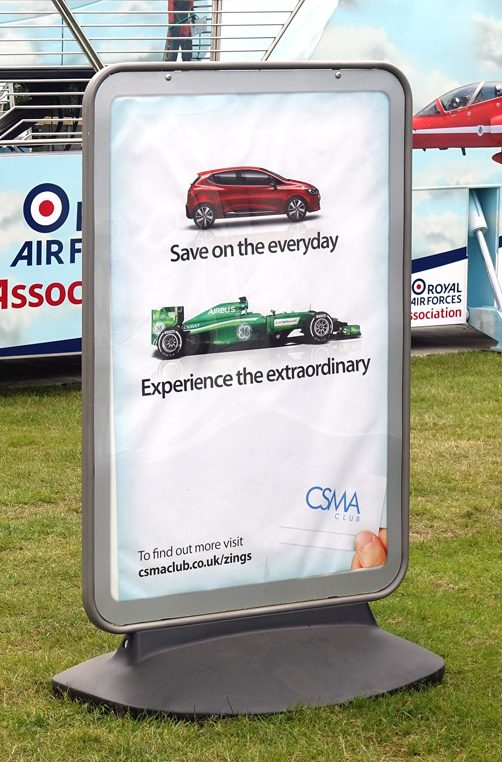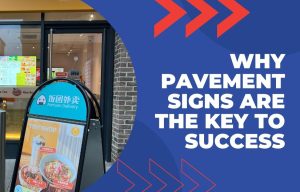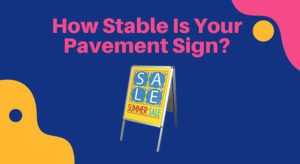If you are looking to purchase a pavement sign, or have one already, you may be unclear on the legislation surrounding them. A common question we get asked by our customers is what, if any, permission is needed by local authorities to display a pavement sign outside their premises. In this article, we’ll tackle this question and outline what constitutes responsible usage of the ubiquitous high street sign.

Pavement Signs and Responsible Usage
One of our most popular product ranges is pavement signs, also called A-boards or sidewalk signs. Pavement signs come in a variety of styles, shapes and sizes, but generally have the same fundamental aim – to inform, direct and entice people. They are a form of temporary signage as they are not fixed fittings and can be easily moved around. You will see them anywhere that businesses are, for example outside retail stores, pubs and restaurants.
There is no straightforward answer as to whether planning permission or a licence is required for pavement signs as it depends on several different factors. If you are going to place the sign on a public highway you likely need to get permission. However, if the sign will be placed on your forecourt or business premises, this may be deemed consent. The guidelines differ from council to council so you will need to check with your local authority.

Deemed Consent
If you are using a pavement sign on your land, such as the terrace in front of a café or a forecourt, in most instances this is deemed consent. This means that you are free to use a pavement sign here without approval from the local authority. However there are exceptions here, for example, the sign cannot be illuminated. To determine whether your pavement sign has deemed consent, it is best to check with your local authority.
Highway Regulations
In the UK, local authorities have to strike a balance between keeping pavements safe for pedestrians and roads safe for vehicle users, as well as supporting local businesses. Pavement signs can cause issues in particular locations for a number of reasons.
Local councils will review highway regulations from the local authority if there is any doubt about the effect an advertisement has on public safety. They will ensure your pavement sign does not create an obstruction, hinder visibility, or jeopardize safety by distracting road users. For example, advertisements would be considered to pose danger if:
- They obstruct sight at corners, bends or junctions.
- They would reduce the effectiveness of a traffic sign due to their size or siting, or would distract road users because of an unusual nature.
- They are illuminated (Including flashing or static light).
- They require close study and are positioned in a way that offers pedestrians inadequate protection from passing vehicles.
Local Council Considerations
Conditions and guidelines set out by councils will vary, but the types of issues they may consider are:
- Will pedestrians be inconvenienced or endangered by the pavement sign? Particularly partially sighted pedestrians and wheelchair users.
- Is there a danger to highway users such as the sign blowing into the road?
- Will there be a negative visual impact on the town or village?
- Is it a conservation area?
- Is your building listed?
- Is it in a serviceable condition and well maintained?
Separate regulations may govern the content and presentation of advertising on pavement signs. These rules may address issues like inappropriate content, including nudity, offensive language, hate speech, or overly vague messages. In certain cases, councils may permit only informational signs, prohibiting purely promotional messages such as “SALE.”

Do I Need to Apply for Planning Permission?
To determine whether you need permission for your pavement sign you should check with your local authority. If you are unsure of your local authority you can find it using your postcode. Here are some planning guides that are currently being used by local authorities as an example of the information to look for:
- Derby City Council – Pavement obstructions
- Croydon City Council – Pavement licences
- Bristol Area Pavement Sign Guidelines
- Bournemouth City Council – Pavement licences
Pavement Sign Insurance
When prioritising the safety of your pavement sign, it is crucial to have public liability insurance. This is to cover you if any person suffers an injury caused by your sign. For instance, if a pedestrian walks into your A-board, trips over it, or it falls on them, having adequate insurance is essential. In many cases, councils require proof of this coverage before granting permission to use the sign.
There is constant pressure on councils to put pedestrians first. Pavement signs are a highly effective tool for attracting customers into businesses so taking the time to make sure yours will be legal is important.
Once you have approval from the council, explore our competitive selection of pavement signs, including swing signs, A-boards, chalkboards, and forecourt signs.




